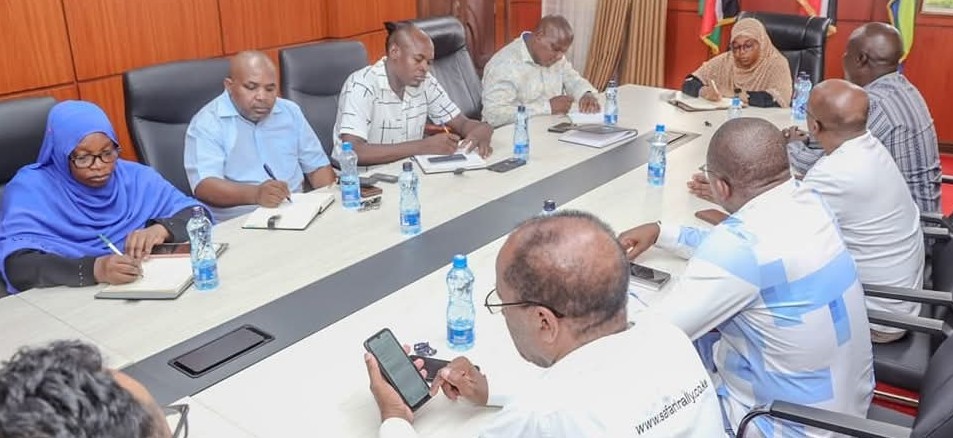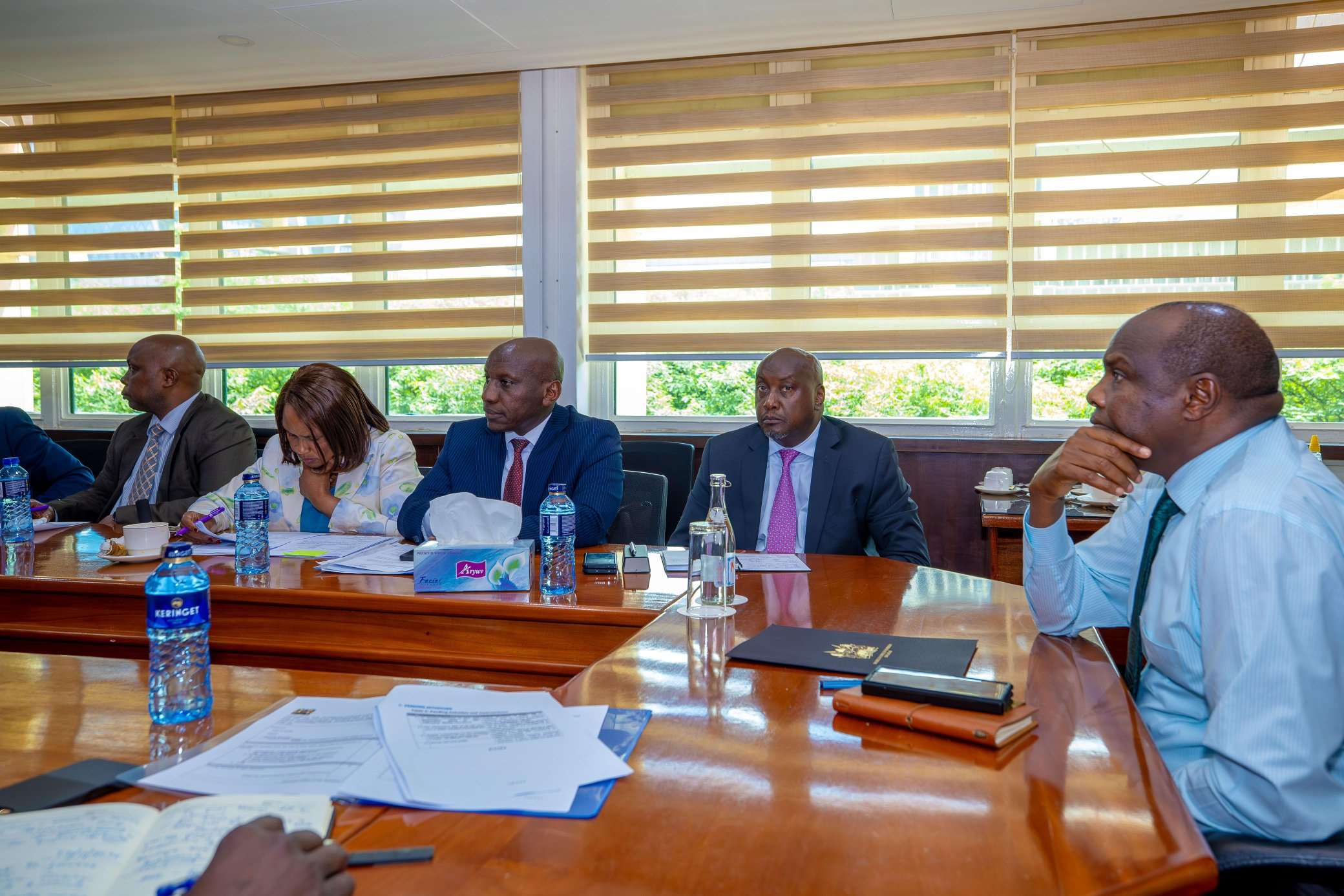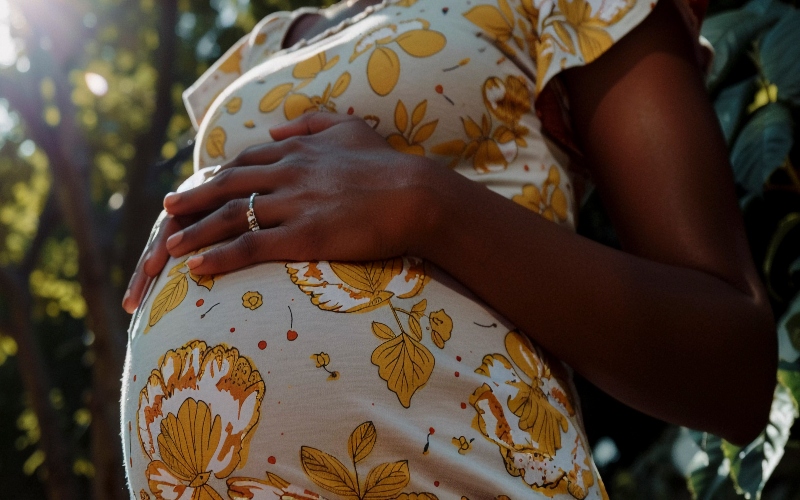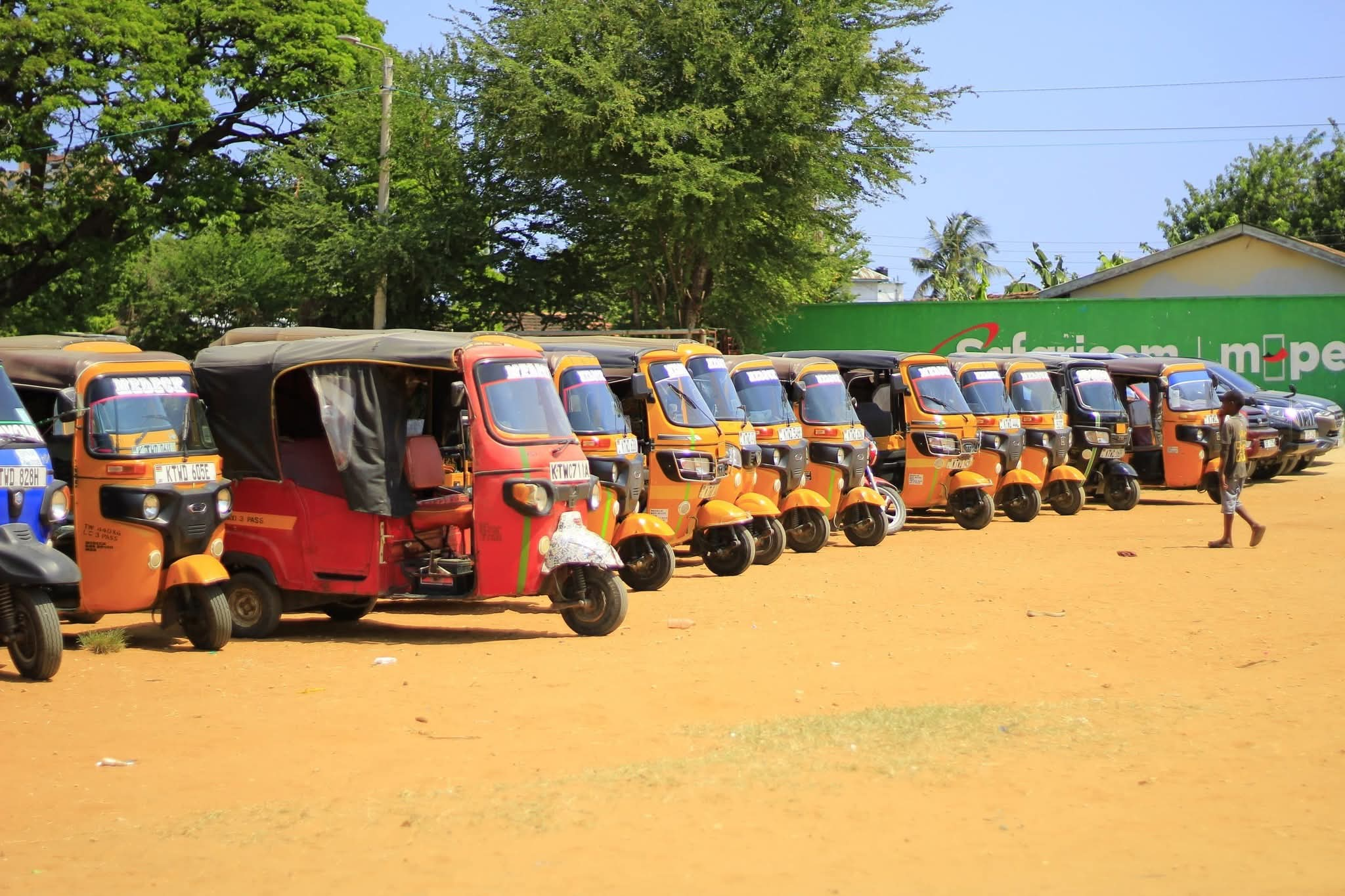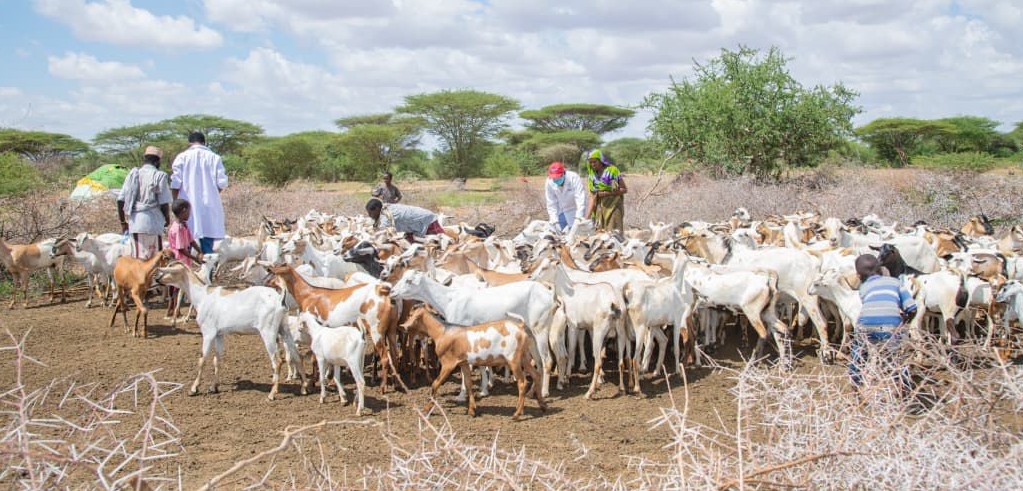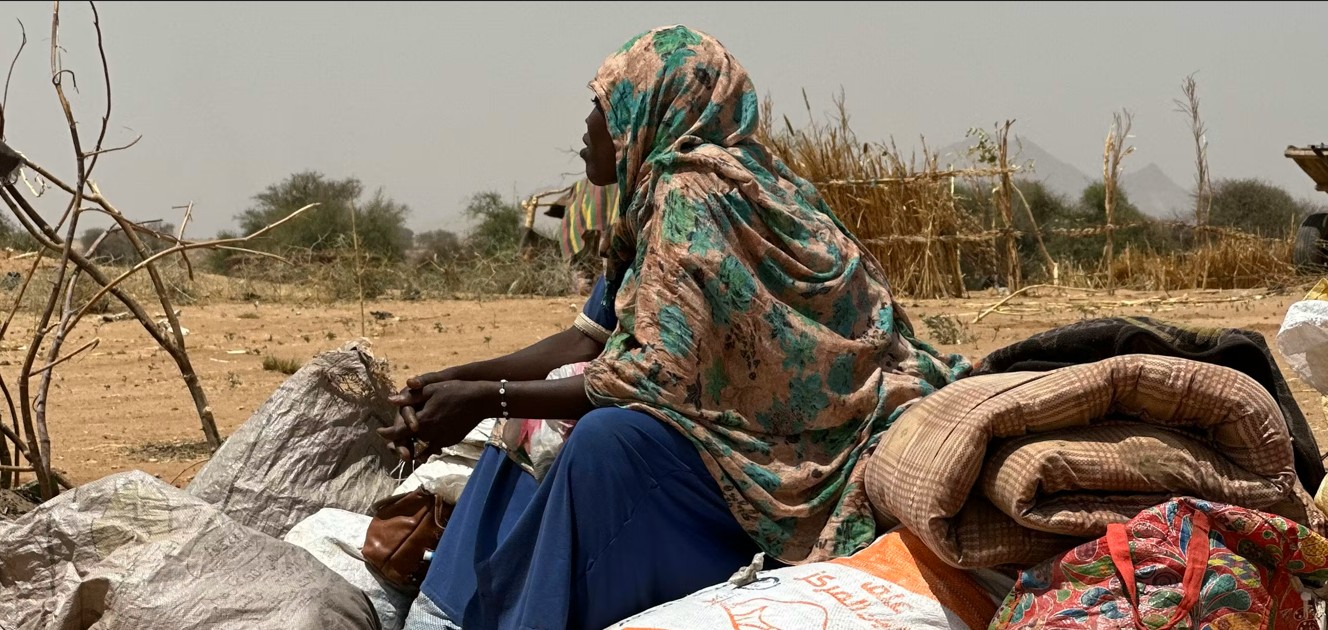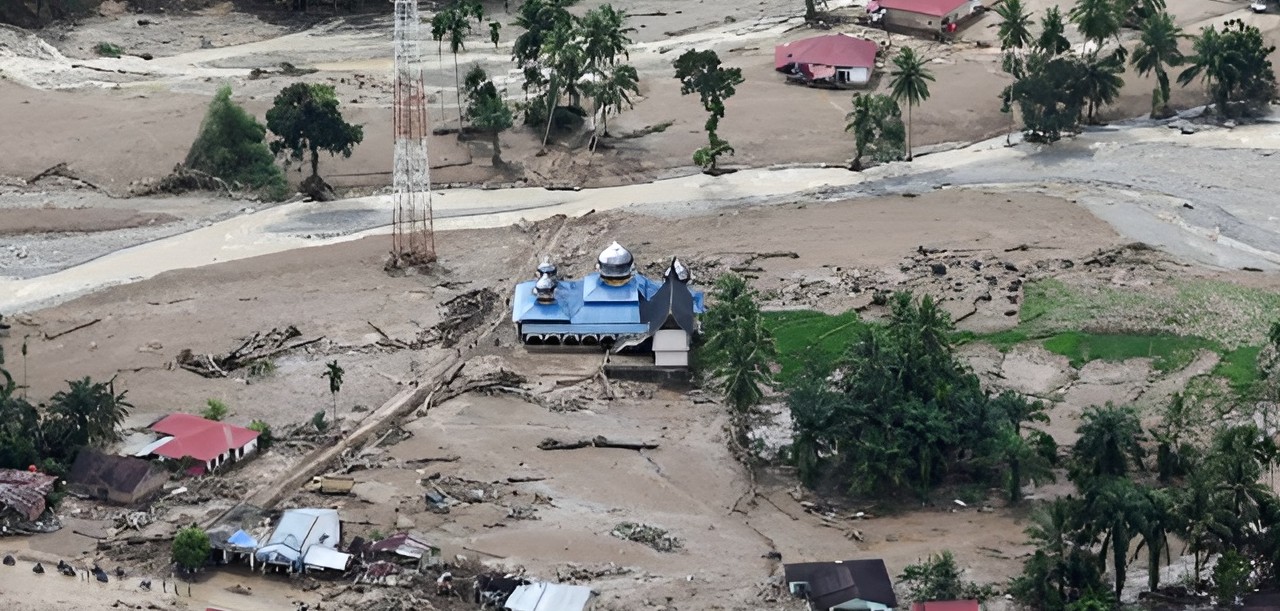Renewable power capacity to double by 2030 - IEA
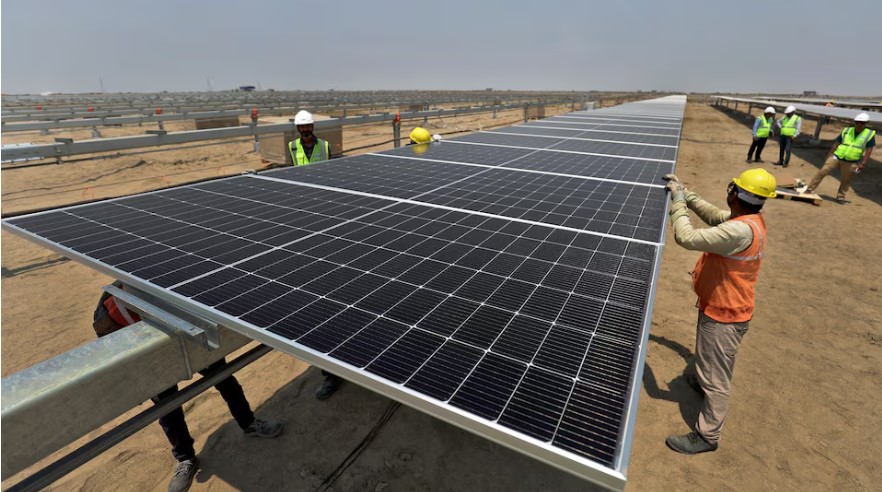
According to the report, Kenya is on course to achieve universal electricity access by 2030, positioning itself as a regional leader in economic and energy development.
Global renewable power capacity will double between now and 2030, increasing by 4,600 gigawatts (GW), the International Energy Agency (IEA) has projected.
This surge is roughly equivalent to adding the combined power generation capacity of China, the European Union (EU), and Japan to the global energy mix, a significant shift towards cleaner power sources.
More To Read
- Africa’s energy mix brightens: Renewables, clean cooking access set to rise by 2035
- Turning food waste into energy key to climate goals, says UN report
- Why countries struggle to ditch fossil fuels despite rising costs, decades of climate deals
- Kenya beats Tanzania and Uganda in electricity and renewable energy growth
- Renewables overtake coal in global electricity generation
- Somalia unveils plan to halve imported fuel for power generation by 2028
Solar photovoltaic (PV) technology is expected to dominate this transition, accounting for nearly 80 per cent of the total increase, followed by wind, hydropower, bioenergy, and geothermal energy.
The IEA noted that in more than 80 per cent of countries, renewable capacity will grow faster between 2025 and 2030 than in the previous five years, signalling a widespread acceleration in clean energy deployment.
However, the agency warns that this momentum faces several headwinds.
Grid integration constraints, supply chain vulnerabilities, and limited access to affordable financing are significant obstacles, especially in developing economies where investment and infrastructure needs are greatest.
Kenya’s progress in increasing clean energy access stands out in sub-Saharan Africa. The IEA’s latest Energy Policy Review praises the country for strong advances in expanding electricity and clean cooking access through deliberate policies and infrastructure investments.
According to the report, Kenya is on course to achieve universal electricity access by 2030, positioning itself as a regional leader in economic and energy development.
“With a sustained focus on electrification, electricity access rates in Kenya rose from 37 per cent in 2013 to 79 per cent in 2023, with urban areas already achieving full access,” the report noted.
“The Last Mile Connectivity Project (LMCP), launched in 2015, has played a pivotal role in bringing electricity to nine million people in rural areas and reducing the number of people without access by nearly half in just under a decade.”
The report also cited Kenya’s leadership in off-grid solar adoption, with nearly three-quarters of all solar home system sales in East Africa attributed to the country in 2023.
Data shows that currently, one in five Kenyan households relies on solar-powered mini-grids or standalone systems, crucial for electrifying remote and underserved communities.
Globally, solar PV remains the primary engine of renewable growth, with installed capacity expected to more than double over the next five years.
Wind power, despite rising costs and supply chain bottlenecks, is predicted to nearly double to more than 2,000 GW by 2030.
The IEA further observed that renewable energy deployment has transformed global energy security by reducing dependence on fossil fuel imports.
Since 2010, roughly 2,500 GW of non-hydro renewable capacity has been installed worldwide, helping countries cut coal imports by 700 million tonnes and natural gas imports by 400 billion cubic meters, with estimated savings of $1.3 trillion (Sh167.3 trillion).
Top Stories Today




